
The recent approval of the Environmental Impact Assessment (EIA) report for the Finike-Kalkan divided highway project has reignited debates about its far-reaching consequences on Türkiye's historical, ecological, and cultural heritage.
The project, spanning 74 kilometers (45.98 miles) through Antalya's western districts, promises improved transportation but comes at a significant cost to protected areas, endangered species, and centuries-old archaeological sites.
Despite years of opposition from local communities, environmentalists, and cultural preservation advocates, the Ministry of Environment, Urbanization, and Climate Change approved the project, paving the way for what critics call a 'destruction project.'
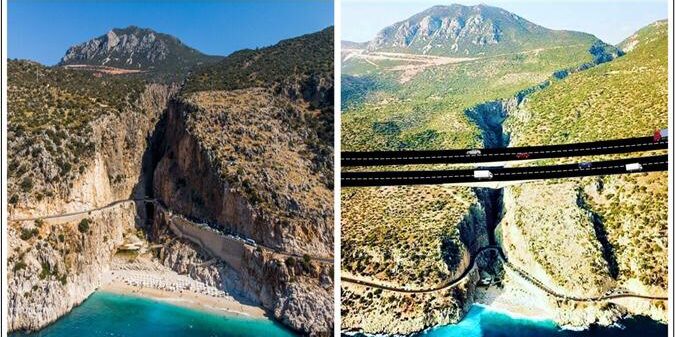
Planned since 2017, the Finike-Kalkan divided highway project includes a 60-meter-wide road with four lanes, 11 bridges and viaducts, 6 tunnels, and 12 underpasses and overpasses.
Courts rejected the project in 2019 and 2020 for lacking sufficient environmental and cultural considerations. Following a renewed EIA process, it was approved in January 2025.
The route, intended to connect Demre's Beymelek Lagoon to Kalkan, passes through critical archaeological and ecological zones.
Notable landmarks along the way include the Kas-Kekova Special Environmental Protection Area, the iconic Kaputas Beach, and 11 ancient sites such as Myra, Andriake, and Istlada. Additionally, the project's proximity to nine natural protection zones has raised concerns about irreversible damage to unique ecosystems.
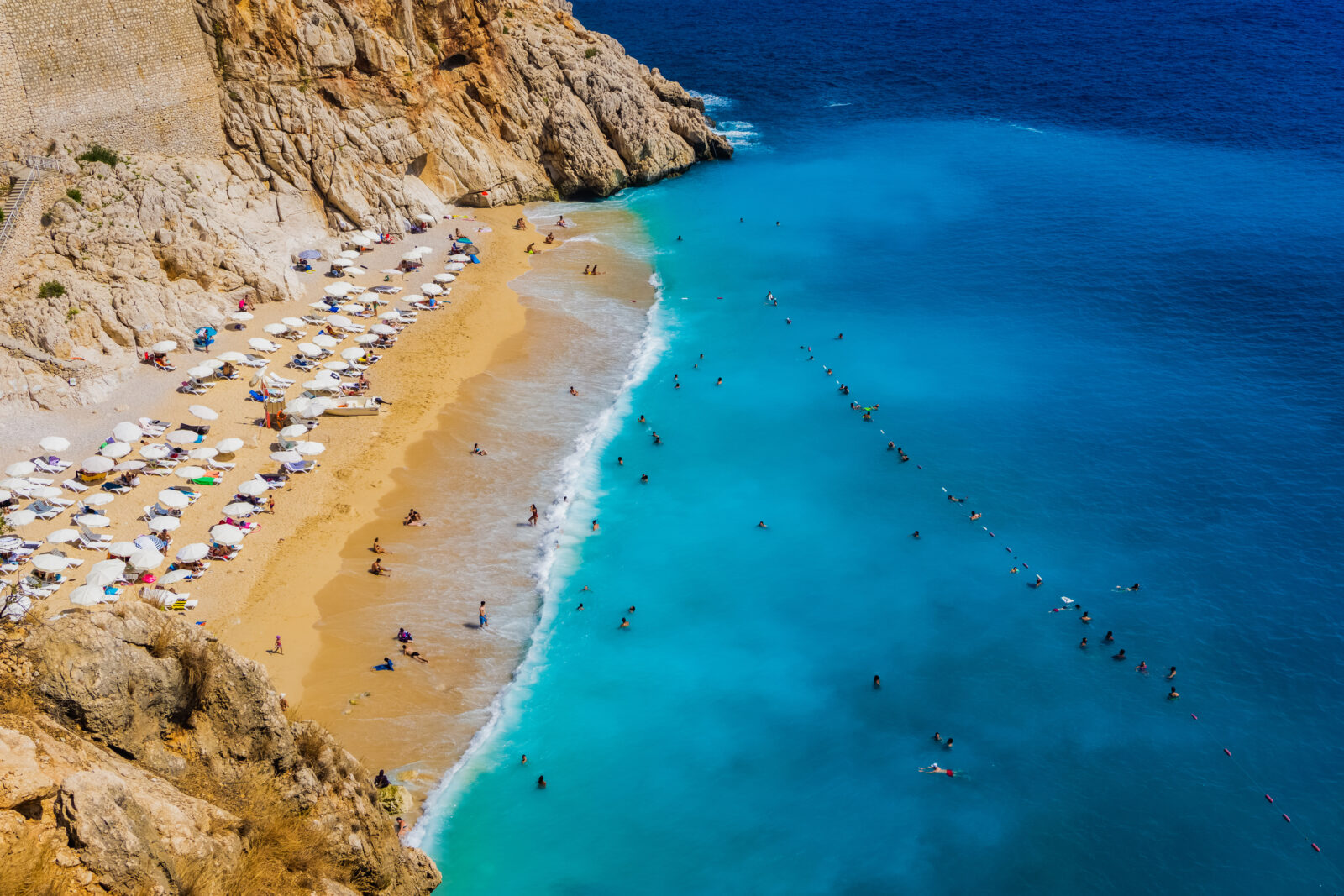
One of the most contentious aspects of the road project is its impact on historical and cultural heritage. The planned route passes through several renowned archaeological sites:
The Ministry claims that "measures will be taken to minimize damage," but experts and locals remain unconvinced due to the lack of a comprehensive preservation plan.
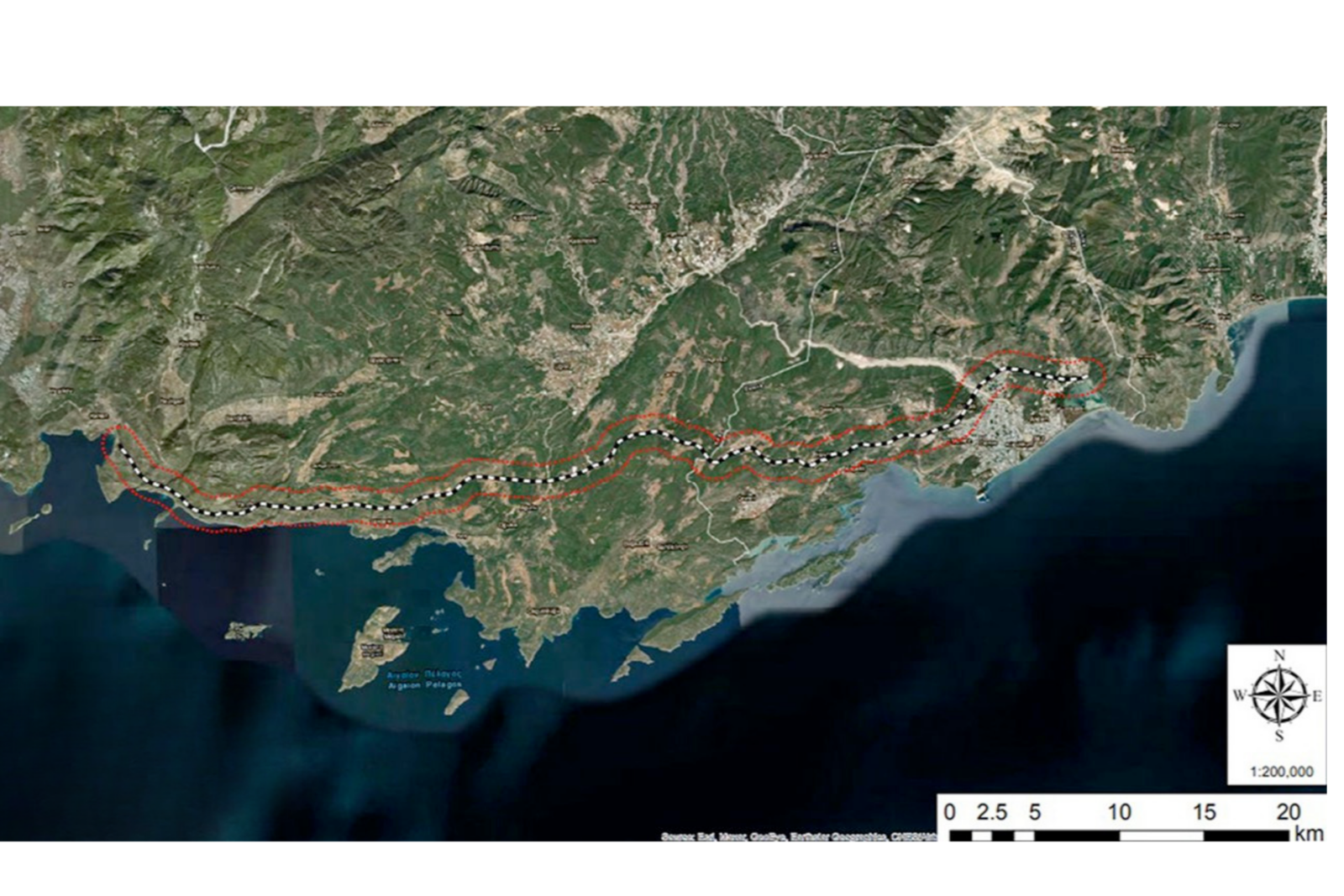
The region's ecological uniqueness is another major concern. The Finike-Kalkan route affects nine natural protection zones, including the Kas-Kekova Special Environmental Protection Area, home to:
The project requires cutting over 66,000 trees, which will:
Experts estimate that nearly 20 million cubic meters of excavation waste will result from the project.
While 7.2 million cubic meters are earmarked for road embankments, the remaining debris lacks designated dumping sites in the region, posing additional environmental hazards.
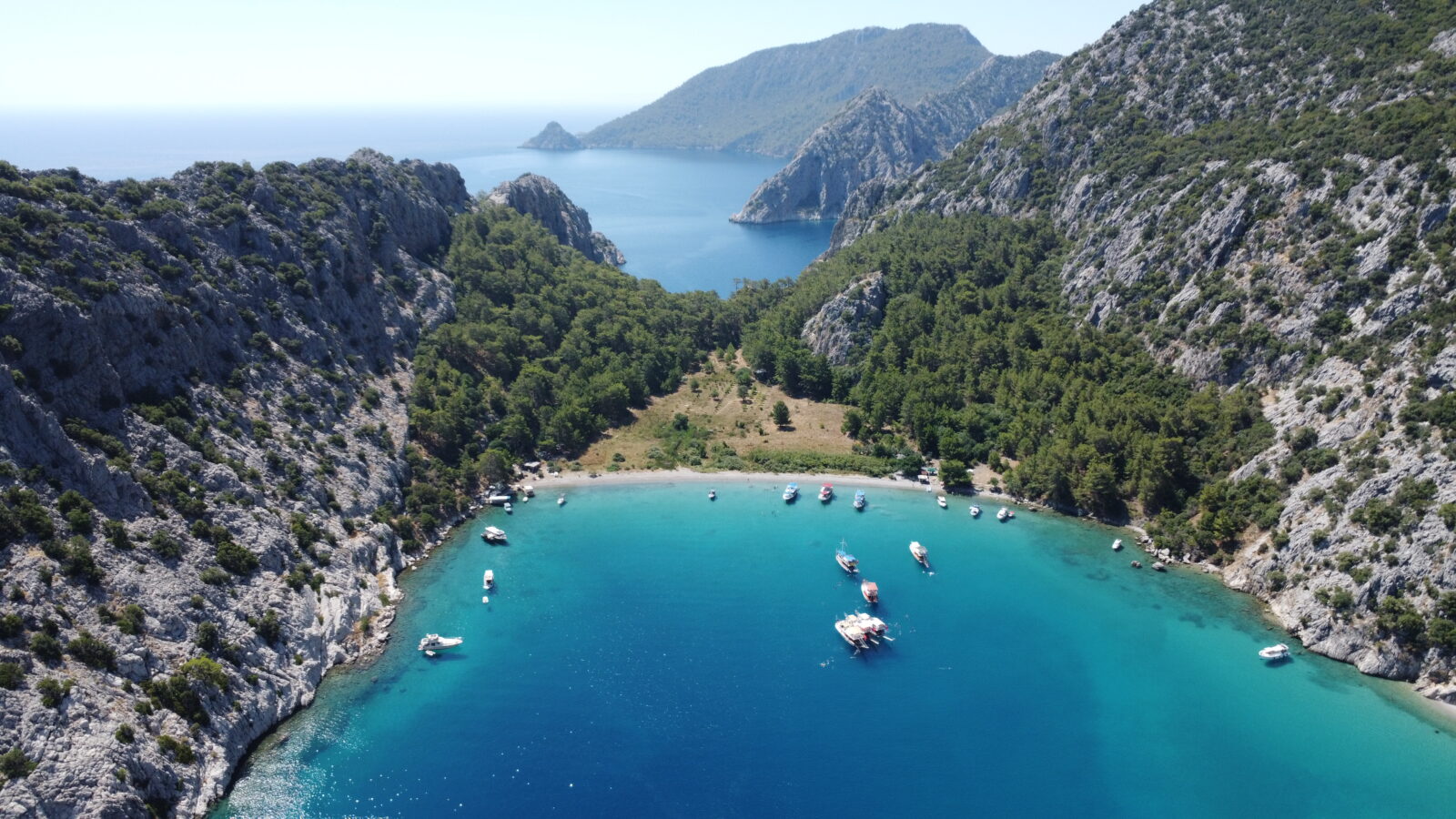
The Finike-Kalkan road's route through 17 villages threatens to disrupt agricultural and pastoral livelihoods. Farmers in Demre and Finike, who rely on citrus orchards and greenhouses, have expressed grave concerns.
Ahmet Akoy, president of the Kas Culture and Environment Association, told DHA that the road will "bisect" villages and farming communities, isolating residents from their ancestral lands and economic resources.
Residents also fear losing tourism revenue. Critics argue that while the road is marketed as a solution to traffic and a boost for tourism, it primarily serves the interests of developers and large tourism companies.
Gokce Yilmaz, a local environmentalist, stated, "The highway opens doors for mass tourism and urban sprawl, contrary to the region’s existing eco-tourism model."
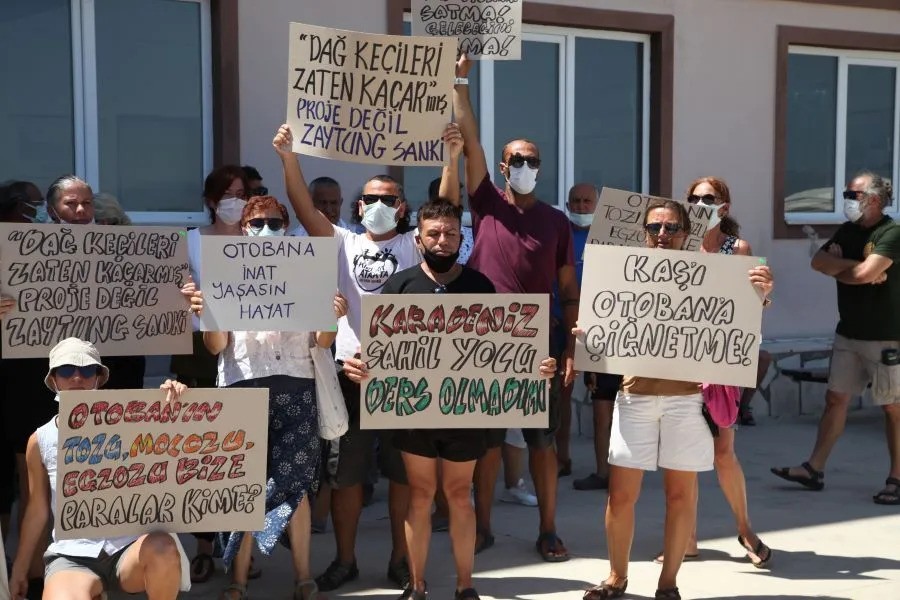
Opposition to the Finike-Kalkan project has remained strong since its inception.
Activists have filed petitions and launched online campaigns urging authorities to halt the project.
Municipalities like Demre and Kas have submitted formal objections, pointing to the discrepancies in the EIA report, particularly its failure to account for environmental, archaeological, and social consequences.
Critics argue that the report downplays the irreversible damage the Finike-Kalkan road project will cause to the region's historical and ecological integrity.
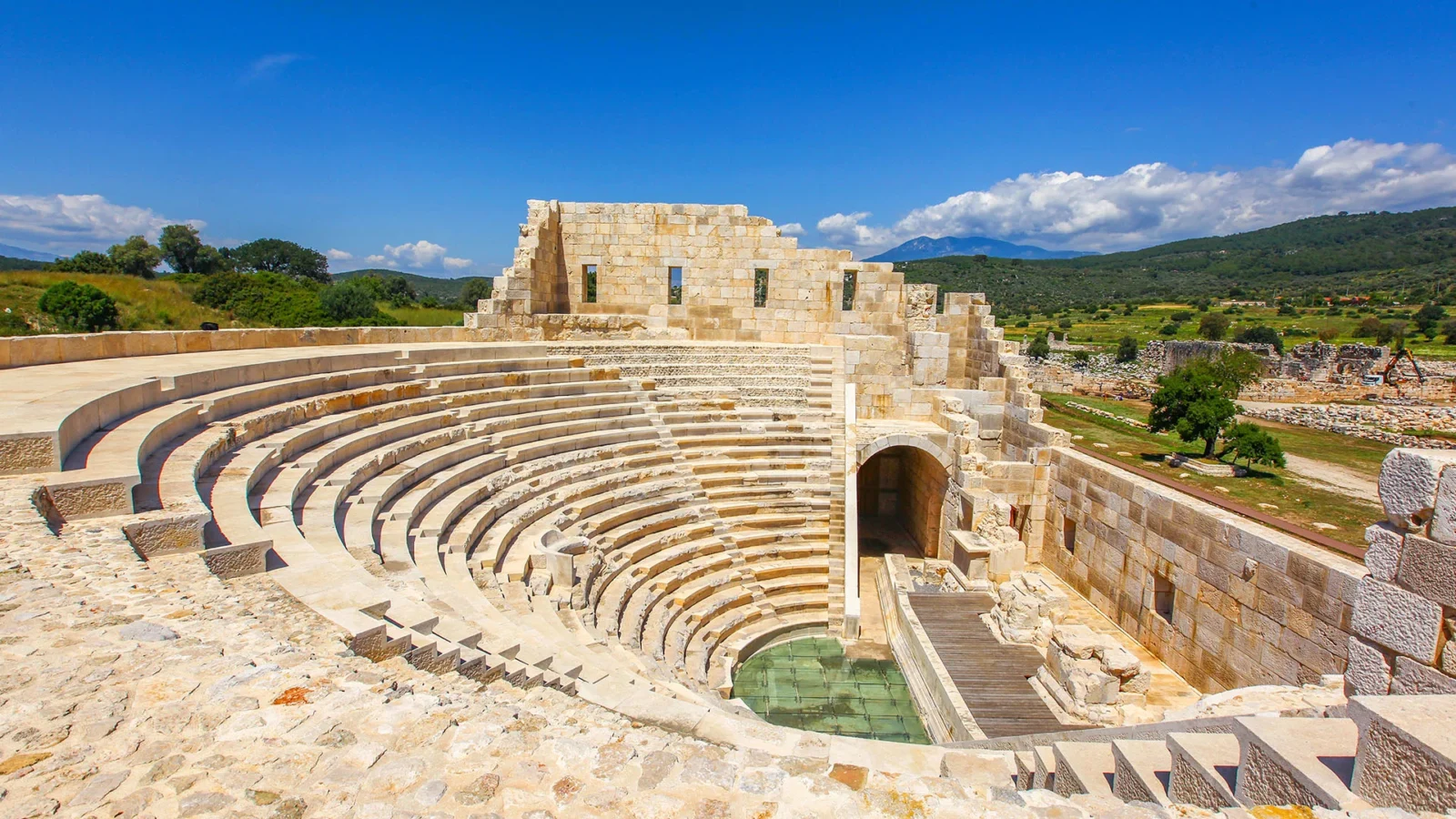
One of the strongest arguments from opponents is the availability of alternatives. The region already has a functioning three-lane road.
Activists and locals suggest enhancing the existing road's safety and capacity through targeted improvements rather than constructing an entirely new highway. Suggested alternatives include:
An official report suggests that upgrading the current road would reduce environmental destruction while achieving the same transportation goals.
The Finike-Kalkan road project exemplifies the struggle to balance development with environmental responsibility.
The government claims the road will enhance regional connectivity and tourism, but critics argue it overlooks long-term sustainability in favor of economic interests.
The project has also raised concerns about systemic issues in Türkiye's infrastructure planning, such as insufficient public consultation, poor adherence to conservation laws, and inconsistent enforcement of environmental regulations.
Environmentalists caution that ignoring sustainable practices could damage Türkiye's credibility as a protector of its natural and cultural heritage.